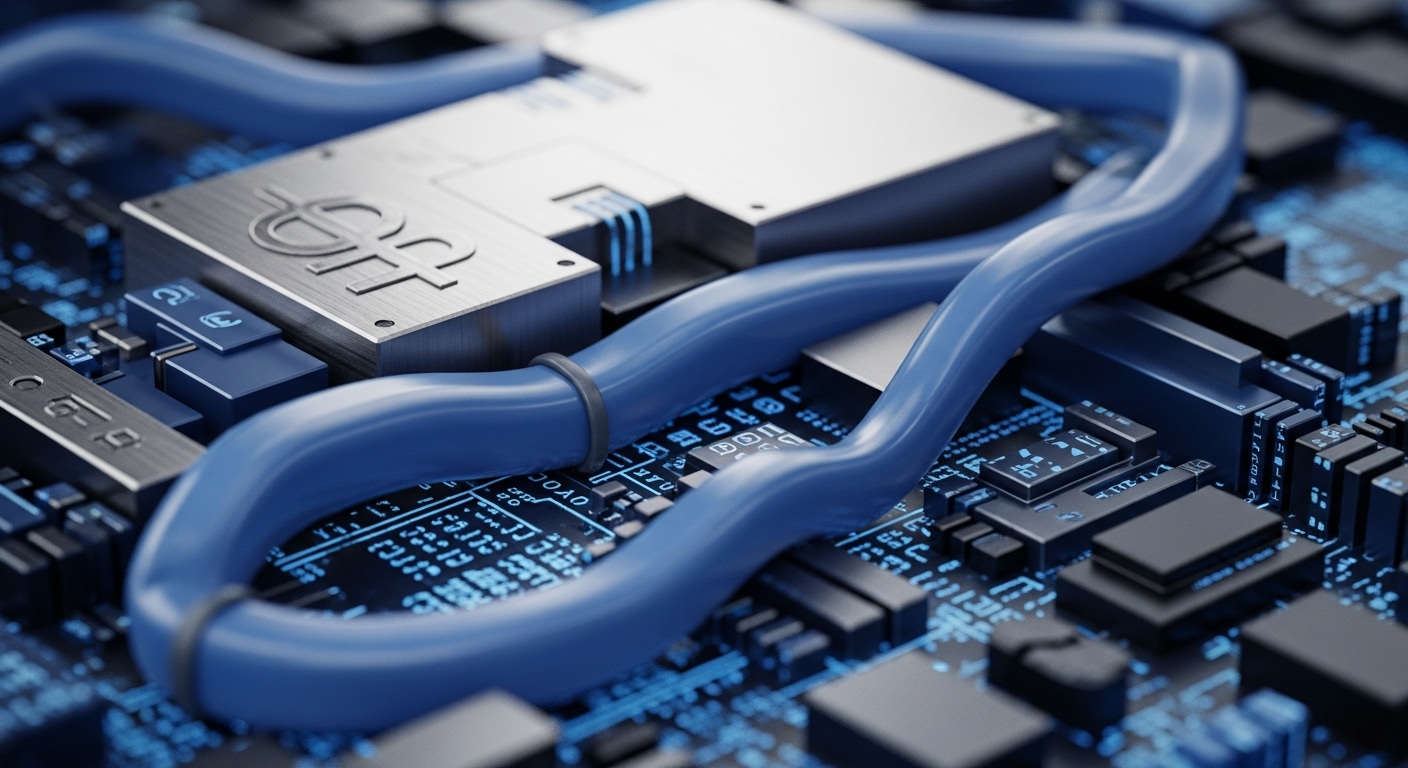
Briefing
J.P. Morgan’s Kinexys business unit has successfully executed the world’s first bank-led tokenized value transfer in space, establishing a blockchain network between orbiting satellites. This pioneering initiative leverages smart contracts to facilitate decentralized data and payment flows, directly addressing the operational complexities and latency inherent in traditional earth-bound financial systems for extraterrestrial applications. The project quantifies its impact by demonstrating a successful transaction between two Low Earth Orbit (LEO) satellites, validating a peer-to-peer data versus payment (DvP) marketplace that is projected to grow the space economy from $350 billion to $1 trillion within two decades.

Context
Before this integration, the nascent space economy, characterized by an increasing number of private satellite constellations and diverse data streams, lacked a cohesive, efficient financial infrastructure for machine-to-machine transactions. The prevailing operational challenge involved the separation from earth-based systems, memory constraints on satellites, and the absence of a common communication and payments protocol. These limitations created friction for the exchange of services between satellites, such as continuous broadband links or image capture, necessitating a more robust and autonomous settlement layer.

Analysis
This adoption fundamentally alters the operational mechanics of potential space-based financial systems by deploying a Consensys Quorum blockchain directly onto Low Earth Orbit satellites. The specific system it alters is the foundational payments infrastructure for machine-to-machine economies in space. The chain of cause and effect begins with the deployment of a low-memory Consensys Quorum blockchain, enabling the generation of private keys under severe computational constraints. This technical breakthrough allows for the execution of tokenized value transfers and ERC-20 contract deployments, maintaining ledger state despite intermittent ground station connectivity.
The ultimate significance for the industry lies in validating a decentralized network where communication with Earth is not necessary for transactions, thereby establishing a framework for a peer-to-peer DvP satellite marketplace. This innovation provides a new financial rail for the exchange of services between satellites, enhancing efficiency and autonomy in orbital operations.

Parameters
- Company ∞ J.P. Morgan
- Business Unit ∞ Kinexys
- Blockchain Protocol ∞ Consensys Quorum
- Partner Company ∞ GomSpace
- Use Case ∞ Tokenized value transfer and payments between satellites
- Technology Focus ∞ Internet of Things (IoT) and space economy
- Initial Test Platform ∞ Raspberry Pi
- Token Standard ∞ ERC-20
- Project Group ∞ FLARE (‘Future Lab for Applied Research and Engineering’)

Outlook
The next phase of this project will likely focus on expanding the network’s capabilities and exploring specific commercial applications for satellite-to-satellite payments and data exchange. This foundational work could establish new industry standards for financial transactions within the rapidly growing space economy, potentially spurring competitors to develop similar orbital blockchain infrastructures. The ability to facilitate autonomous contracts for services like broadband provision or environmental data capture between satellites could unlock entirely new business models and revenue streams, driving further investment and innovation in both the space and decentralized technology sectors.
